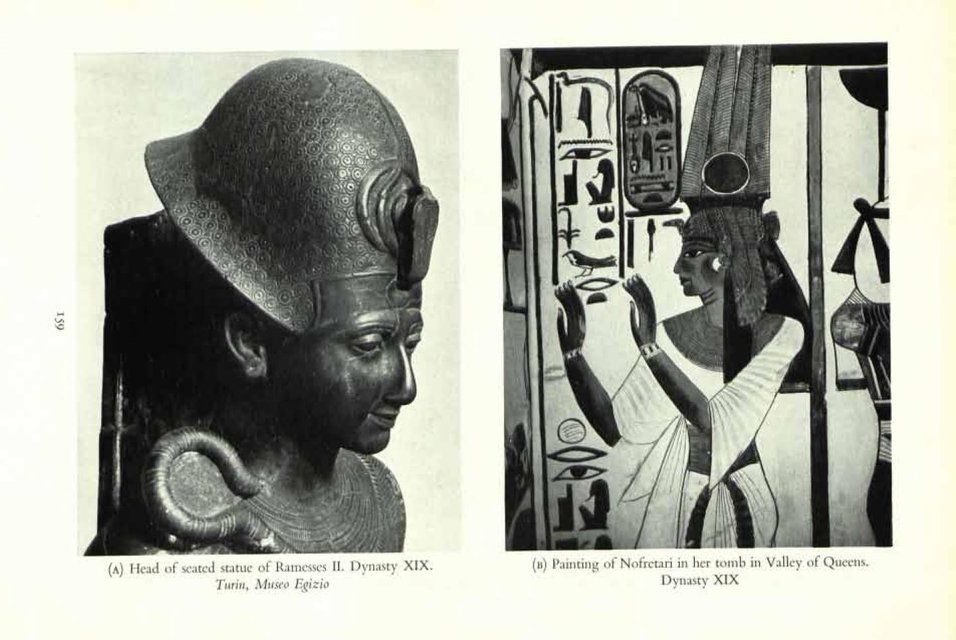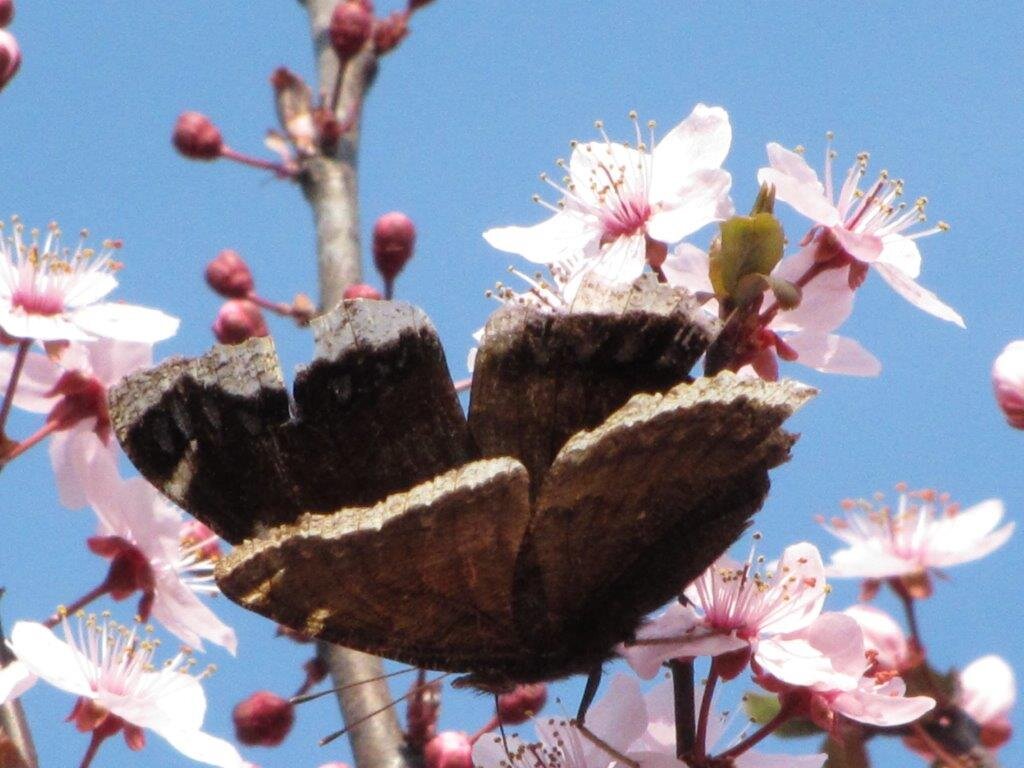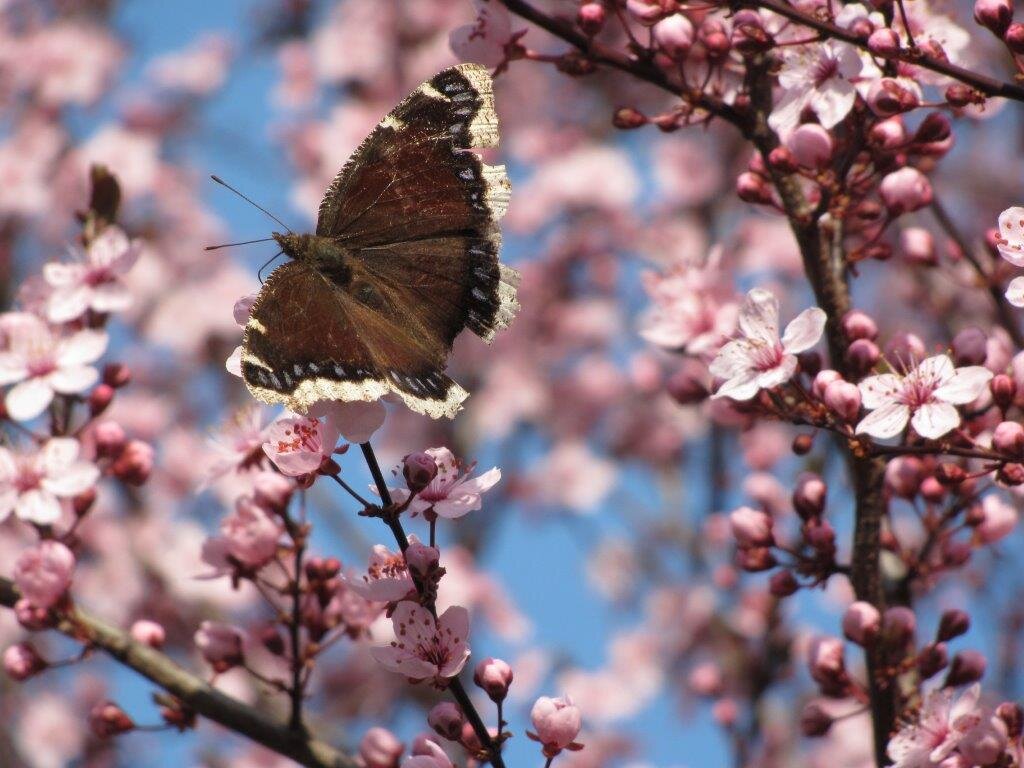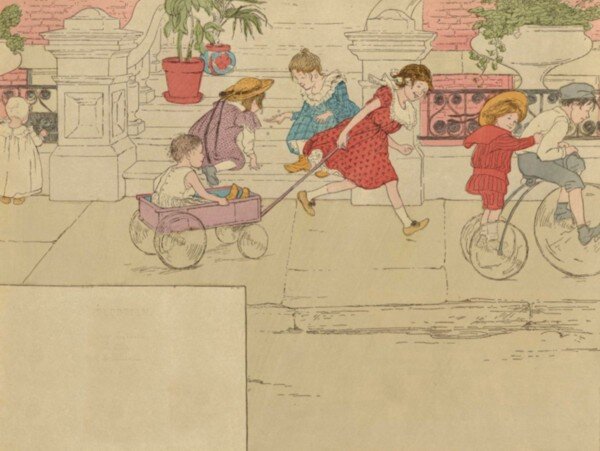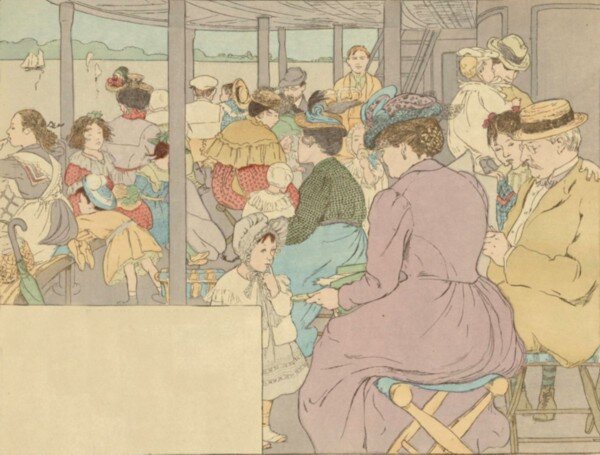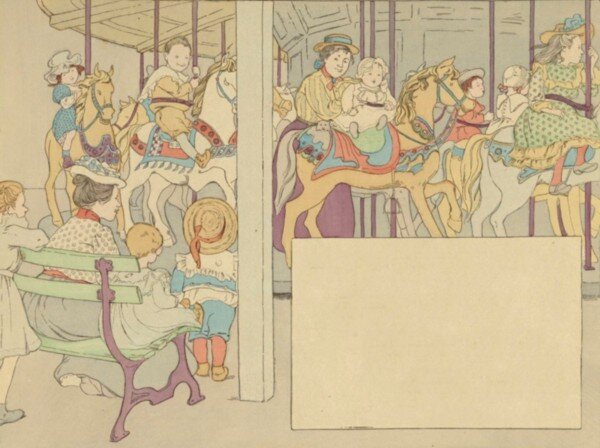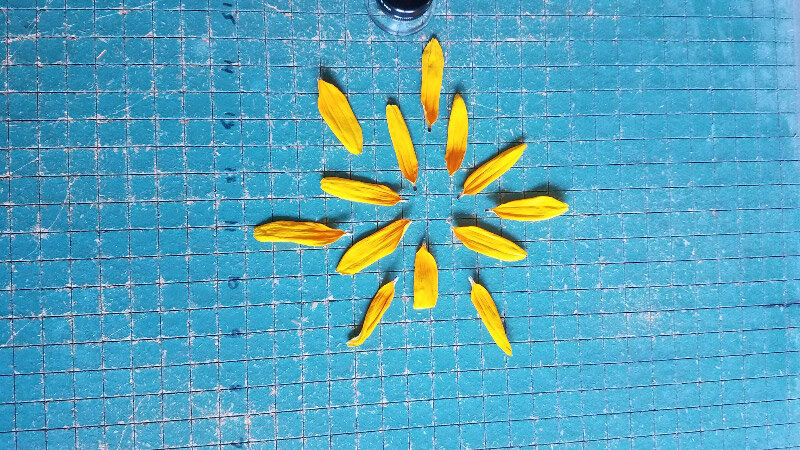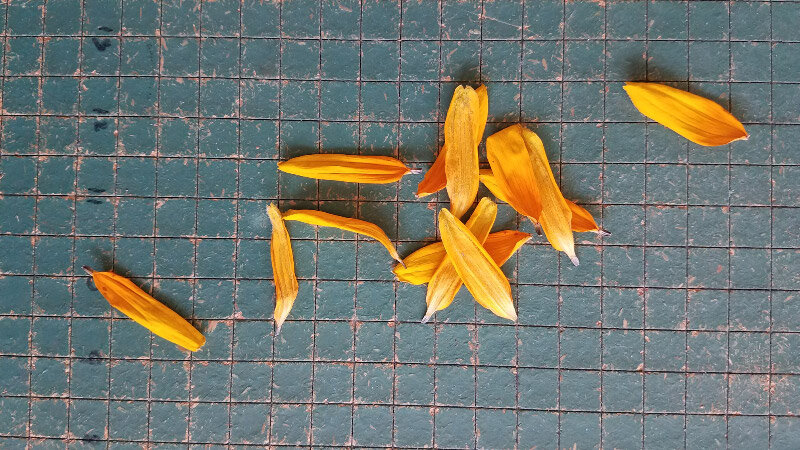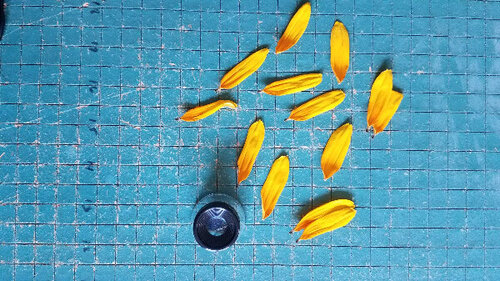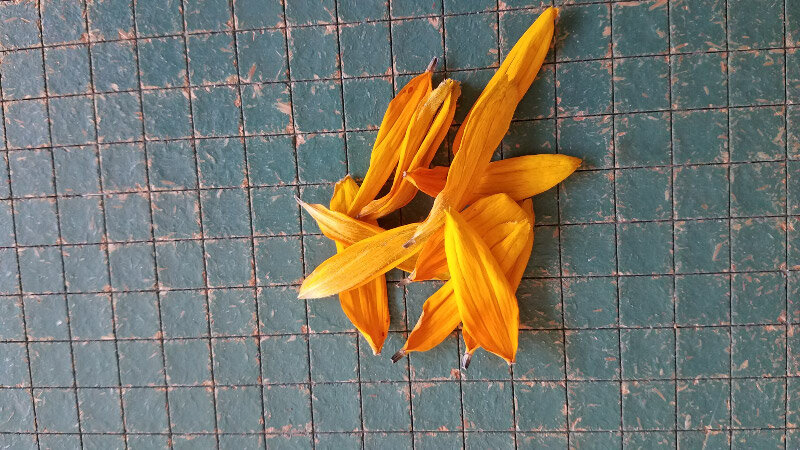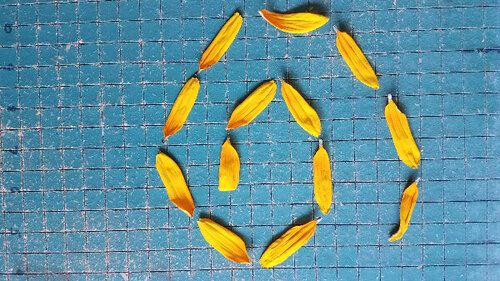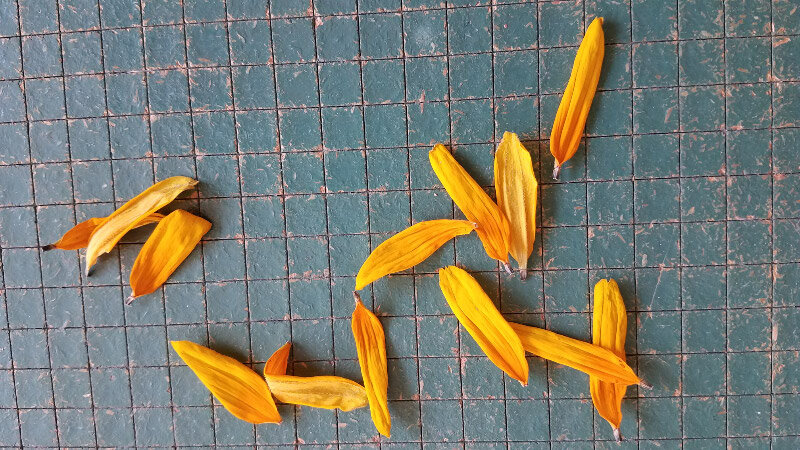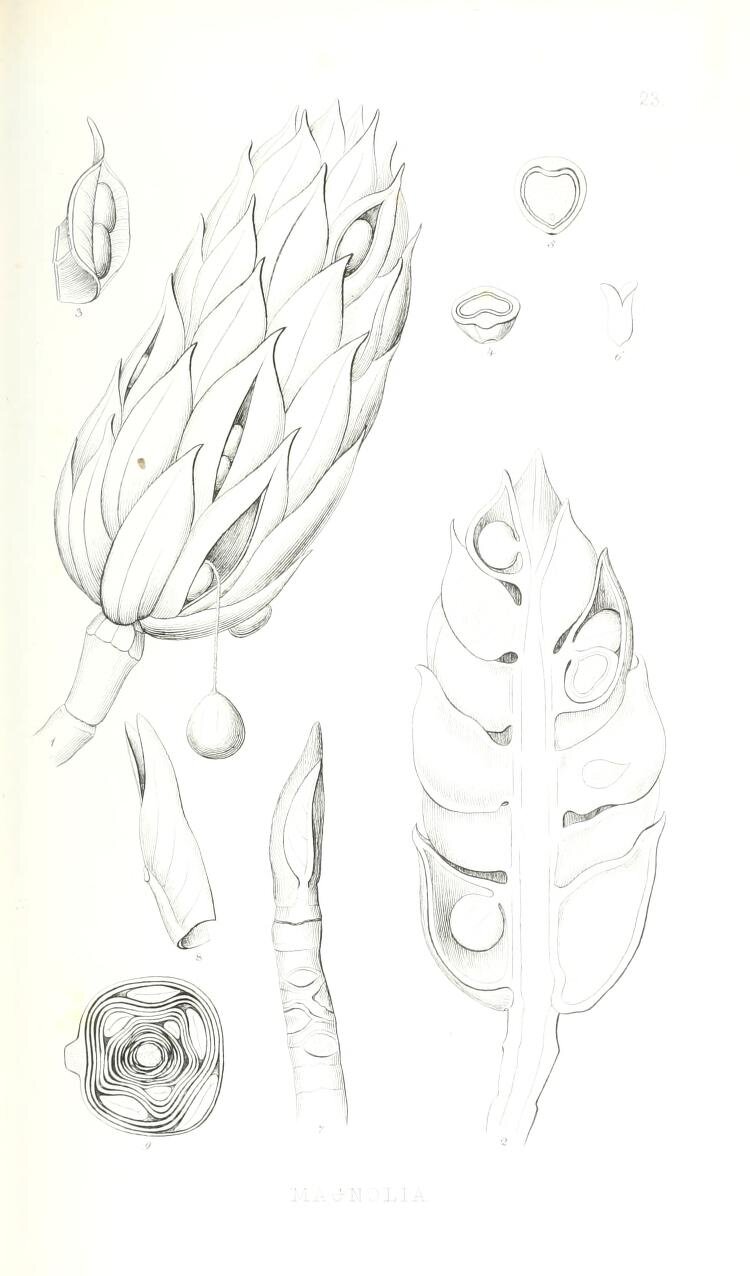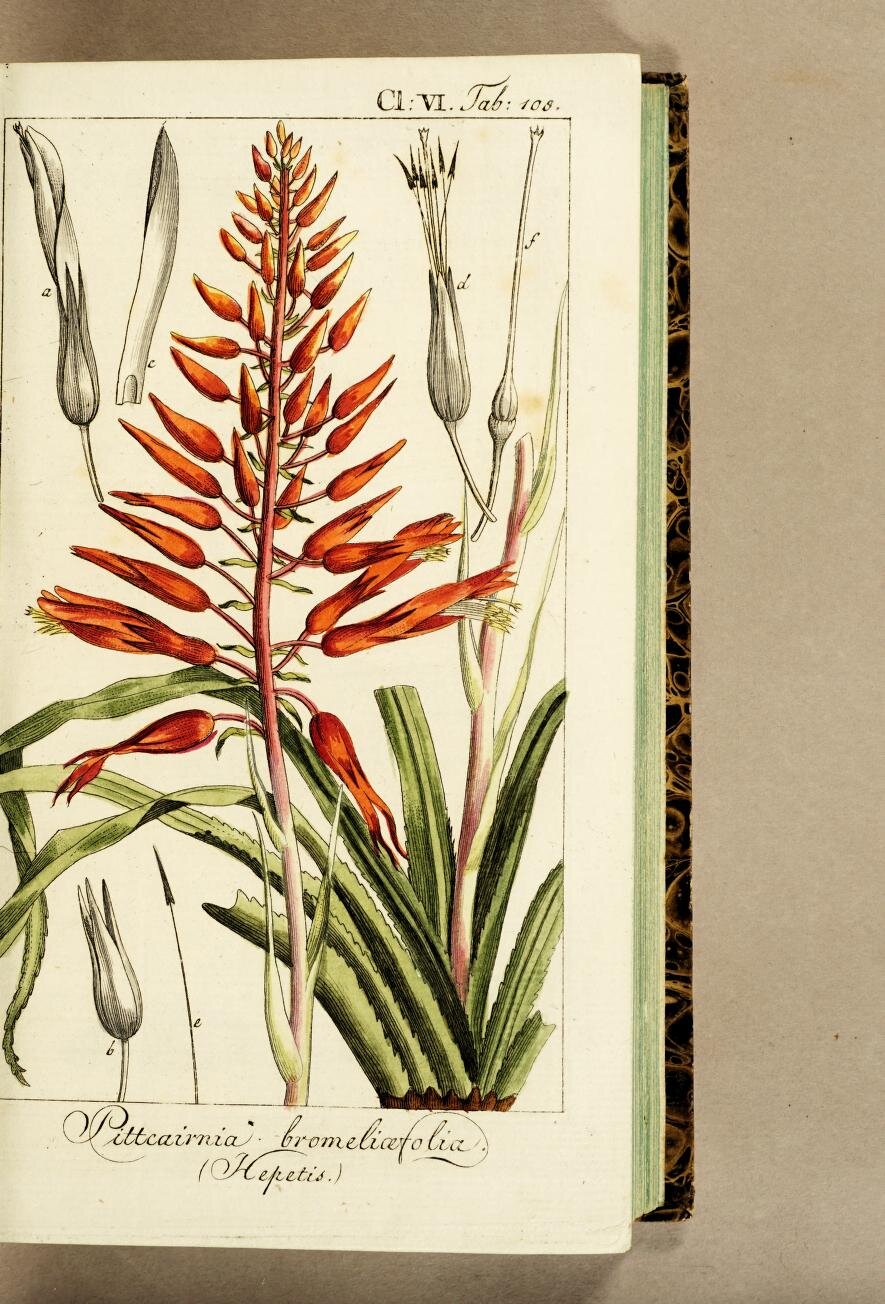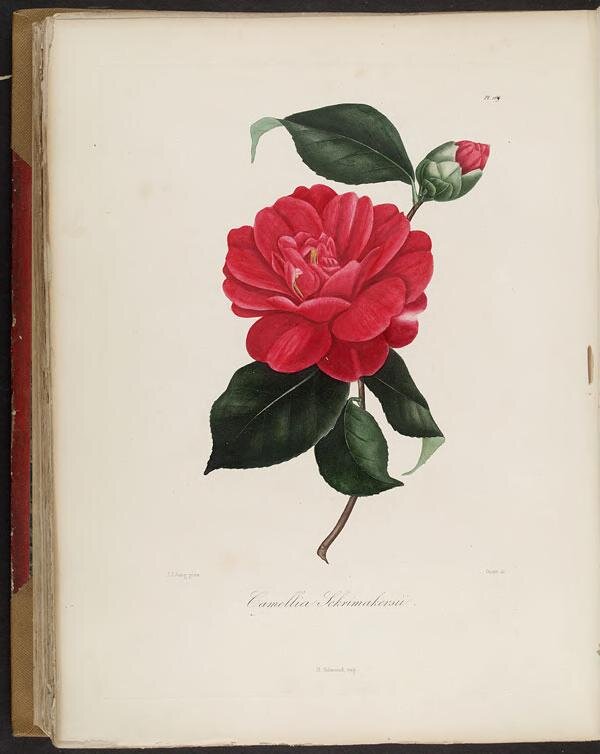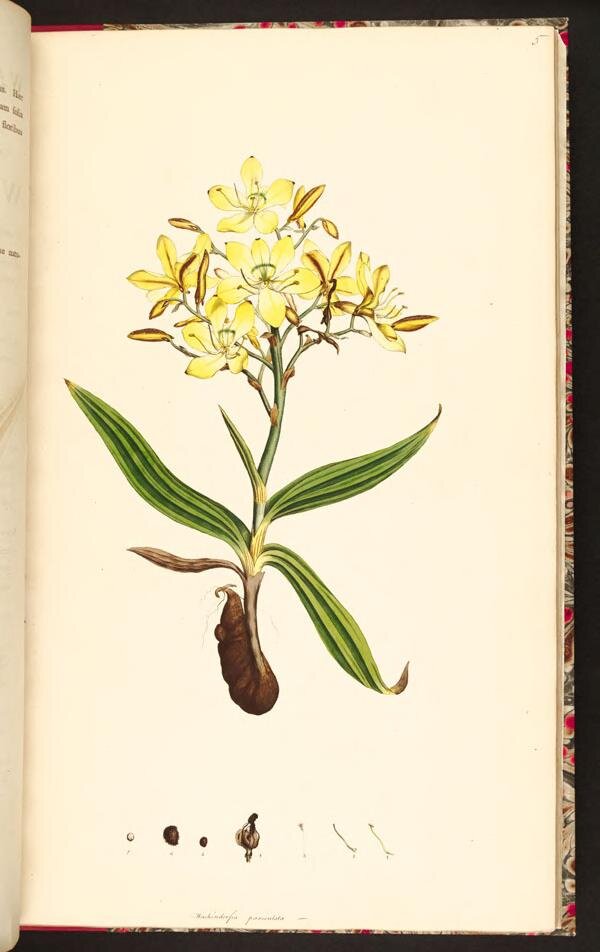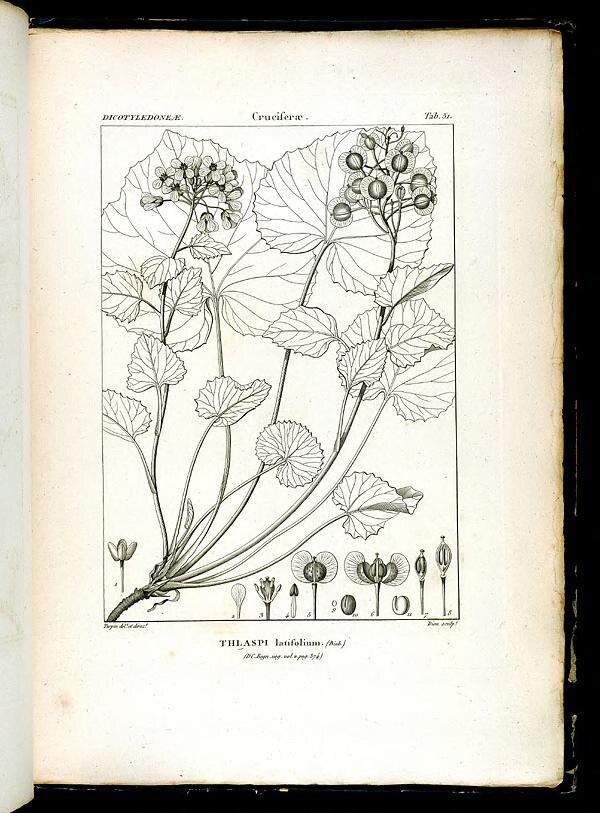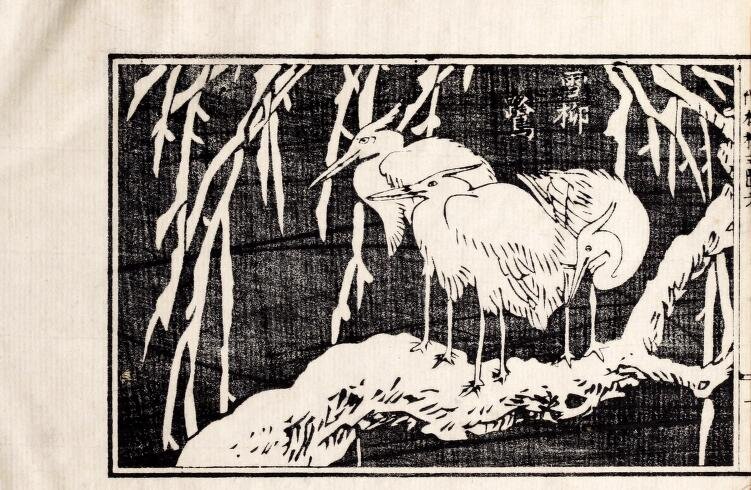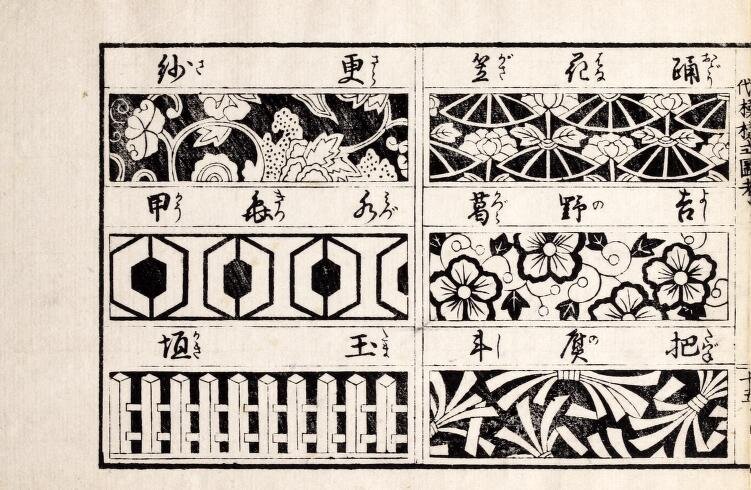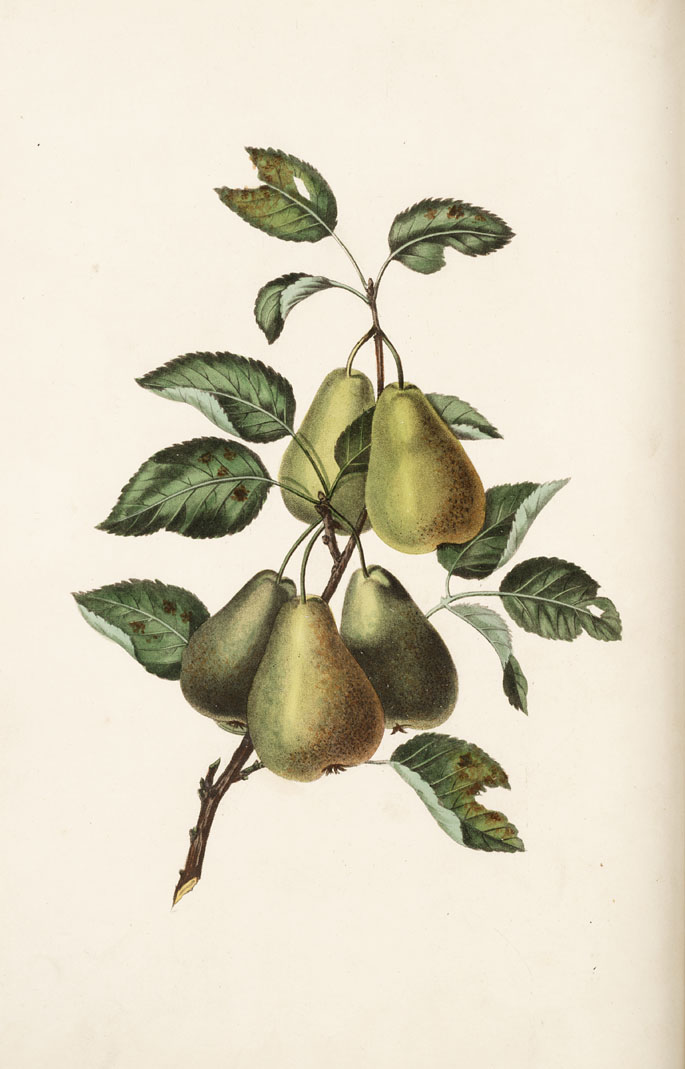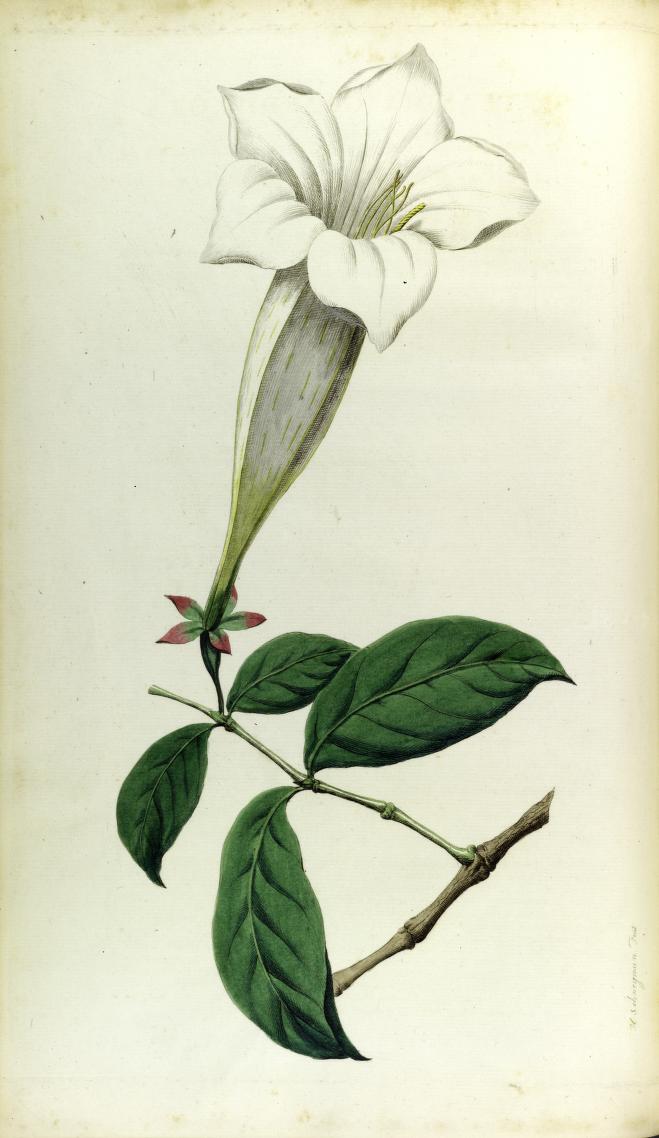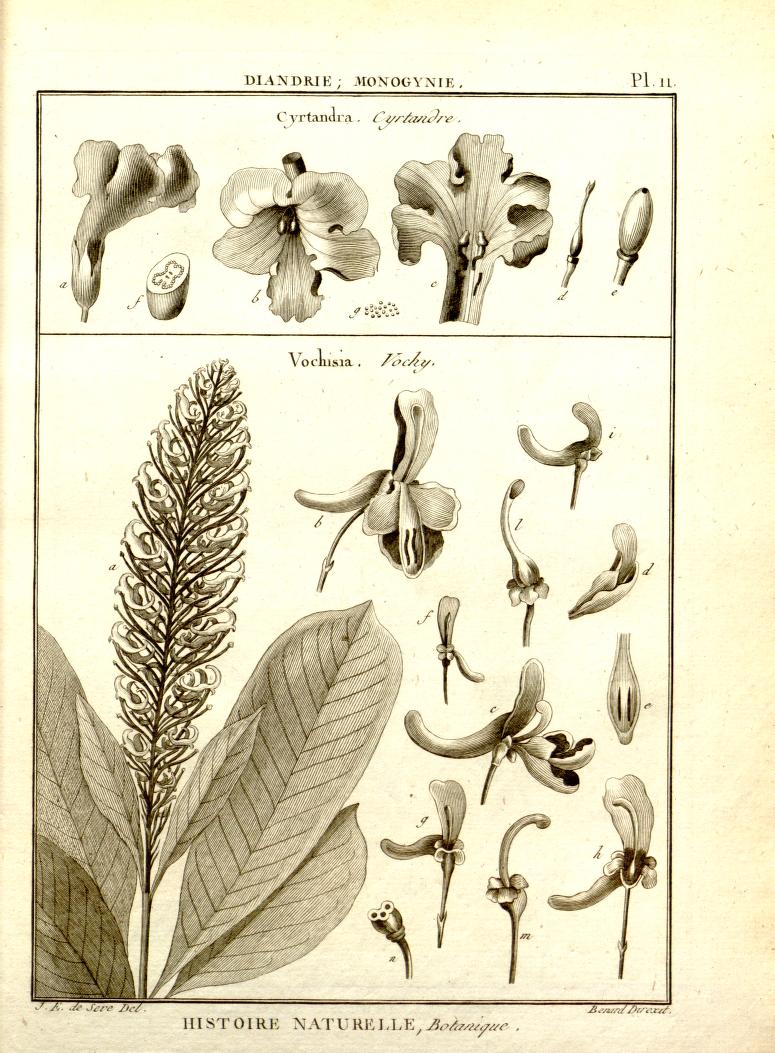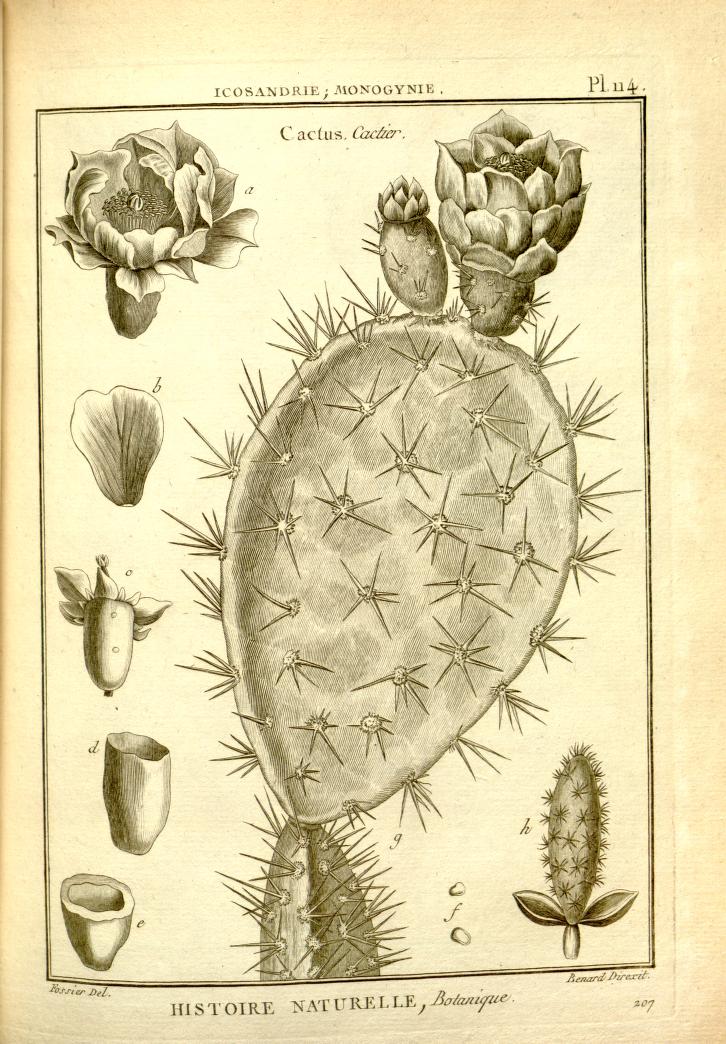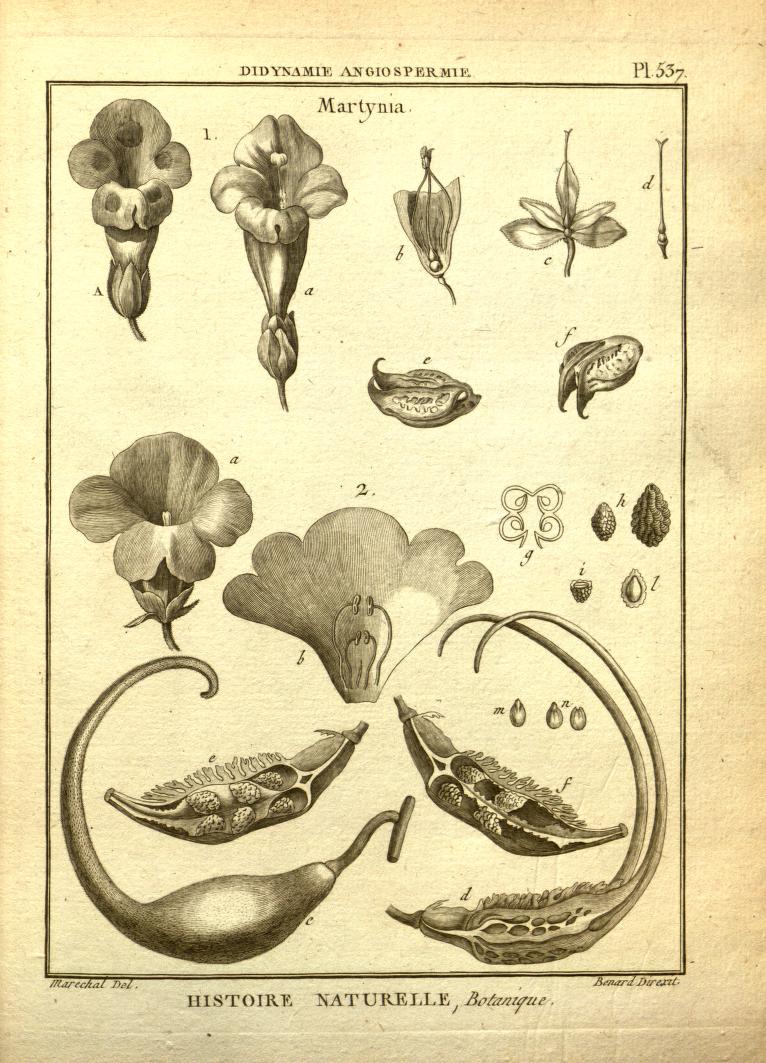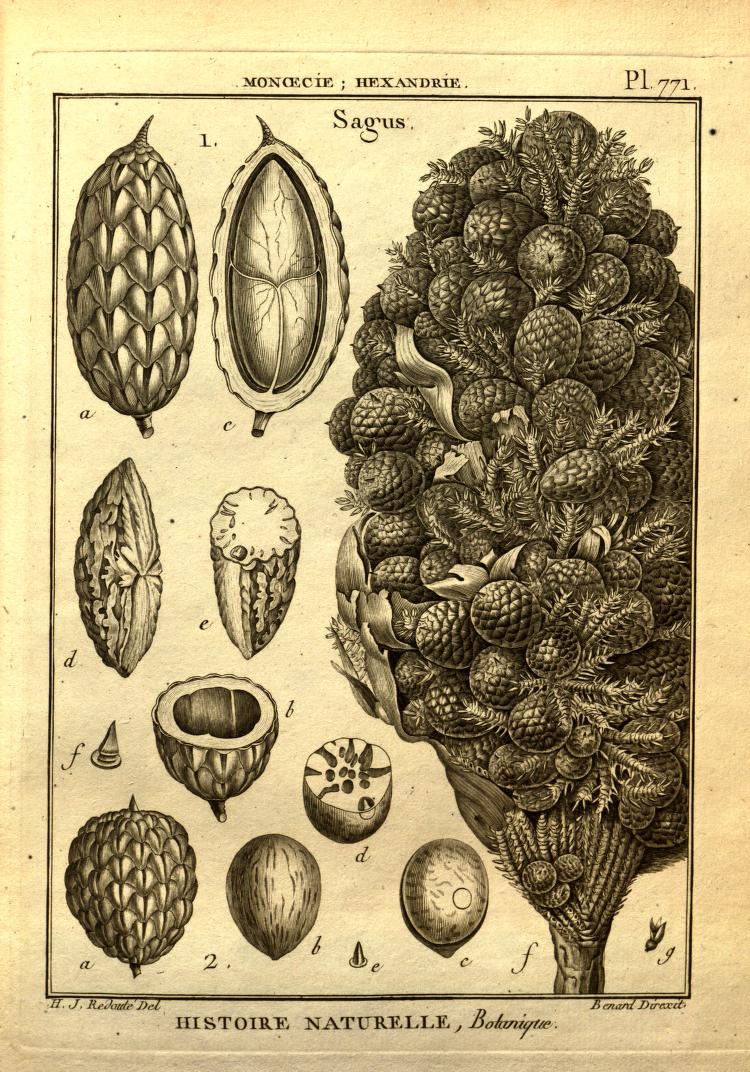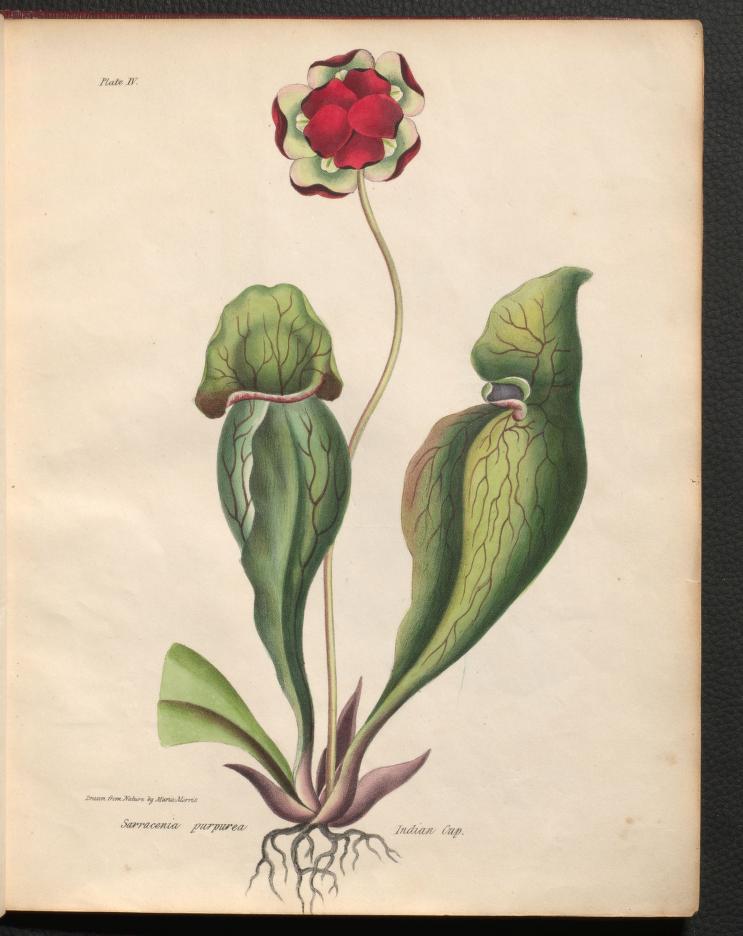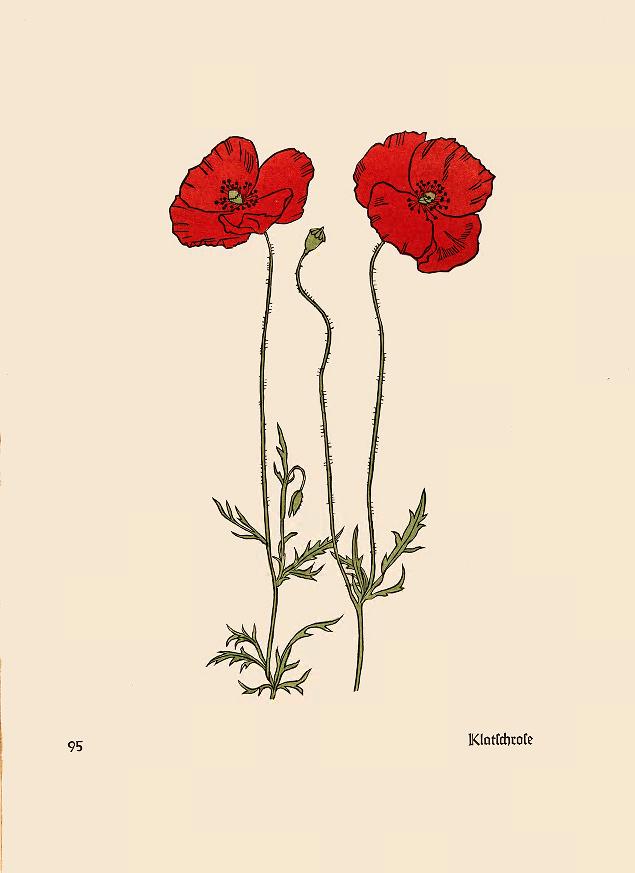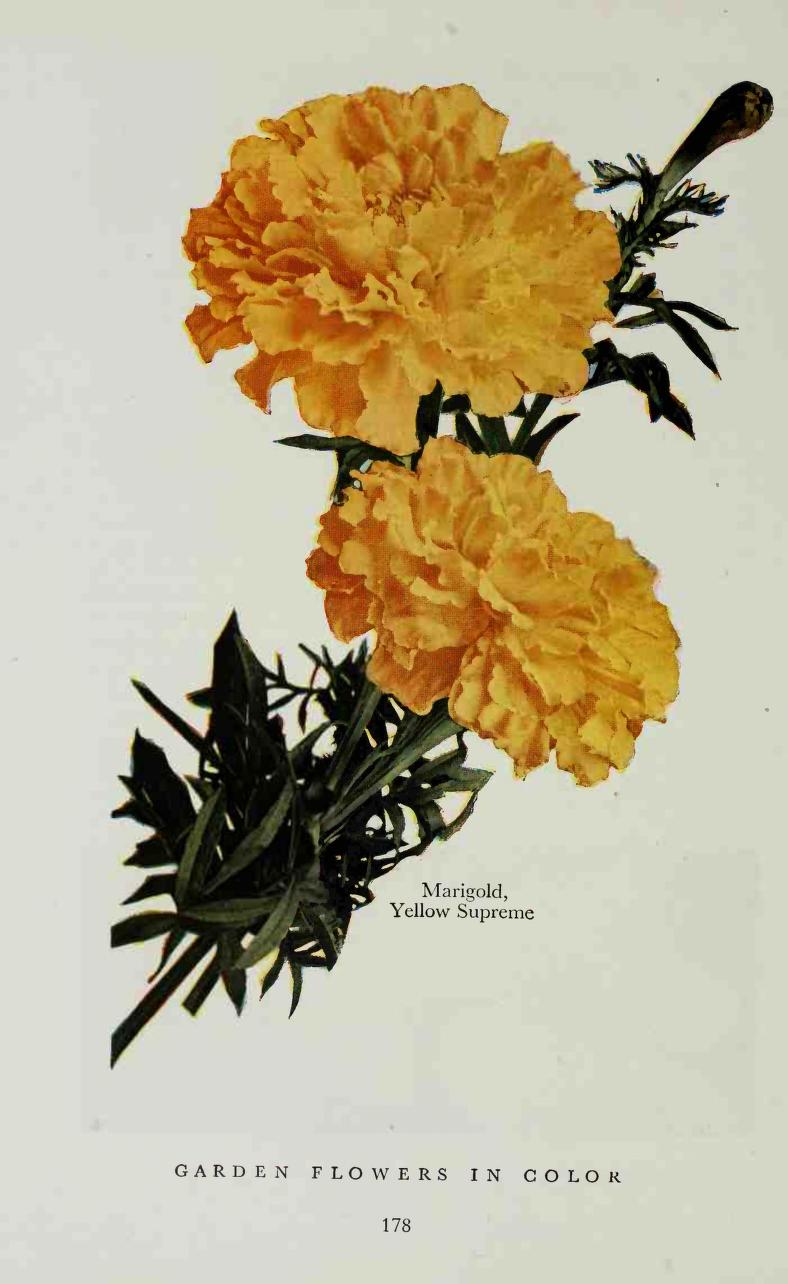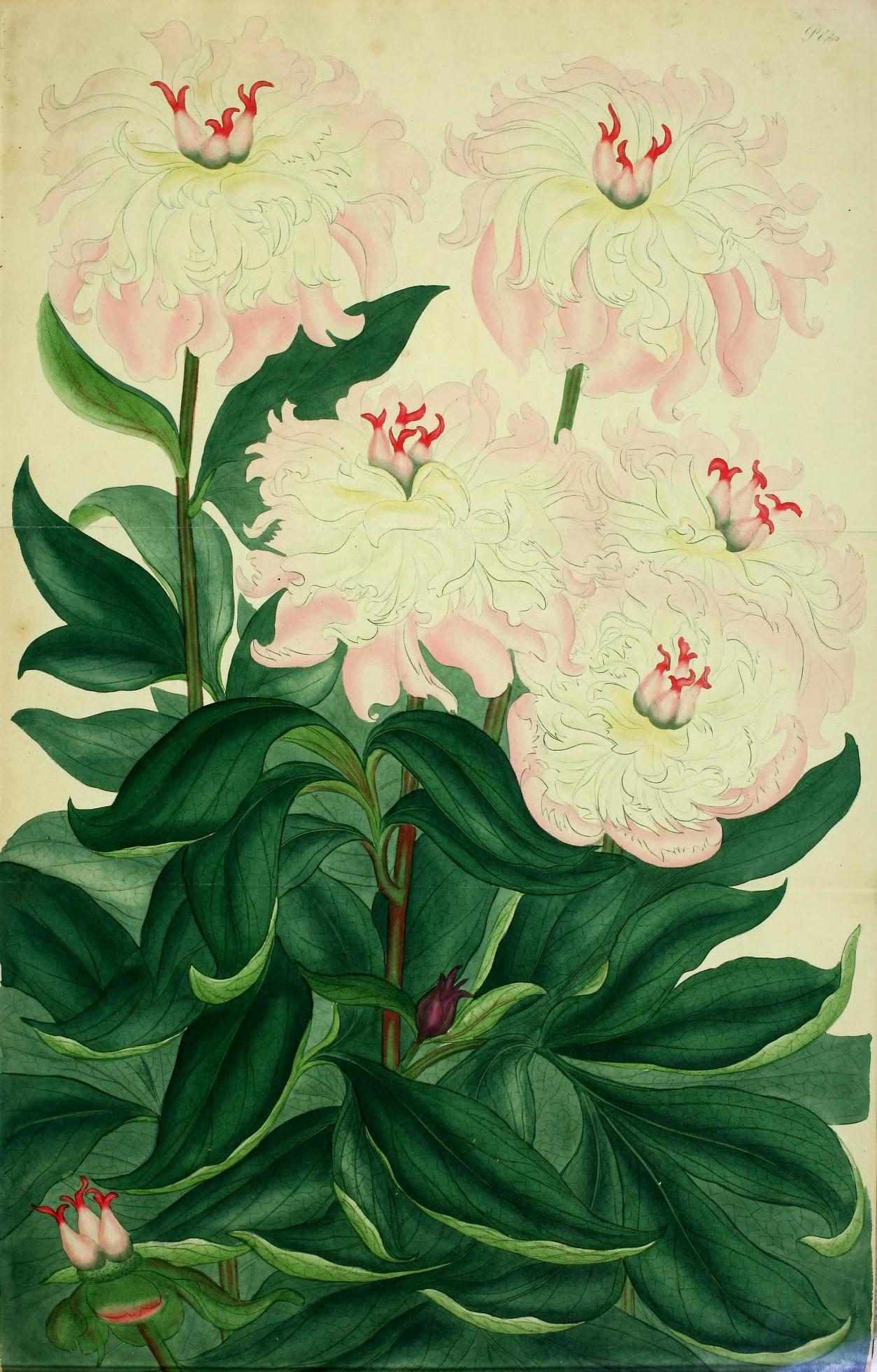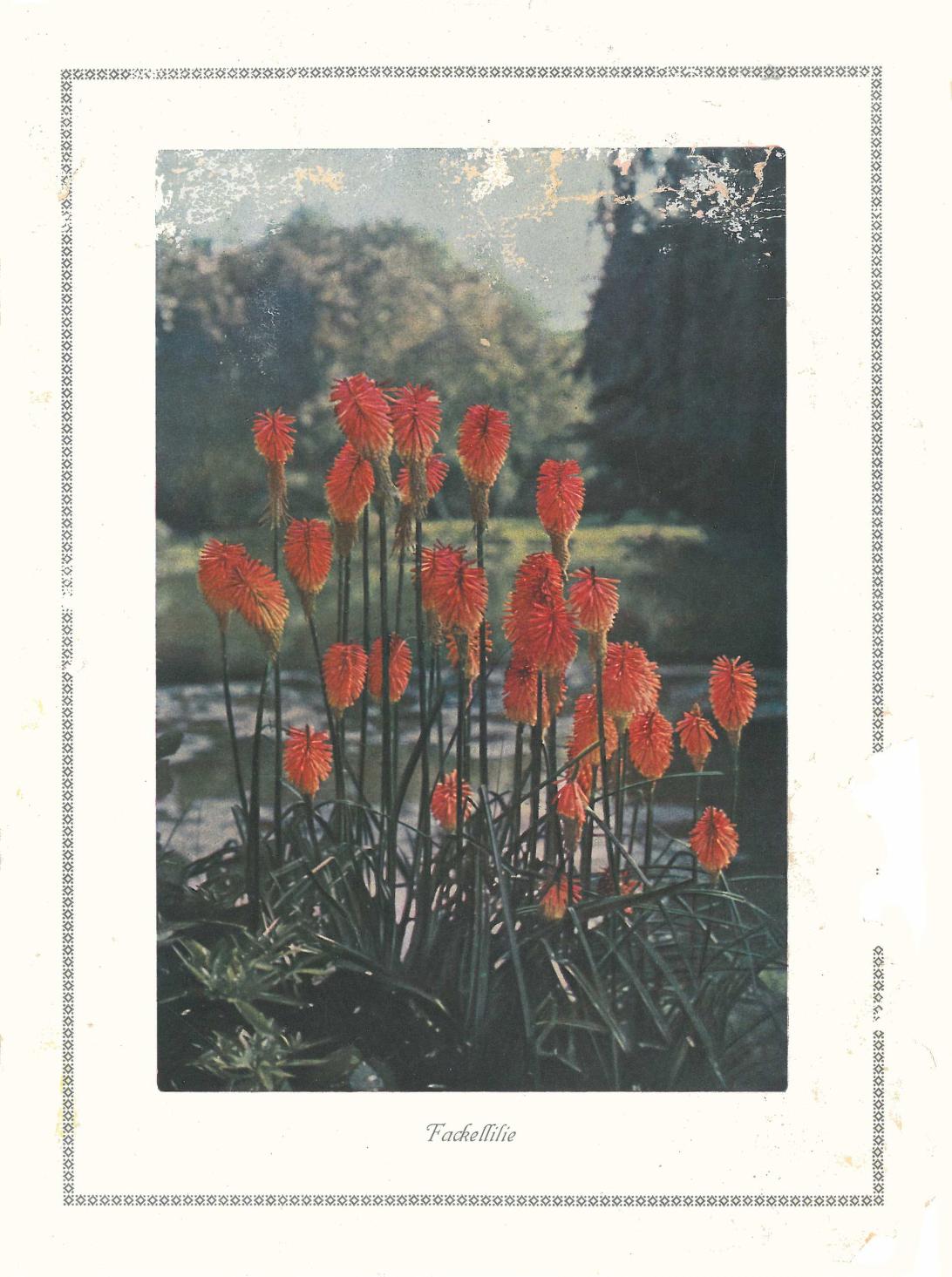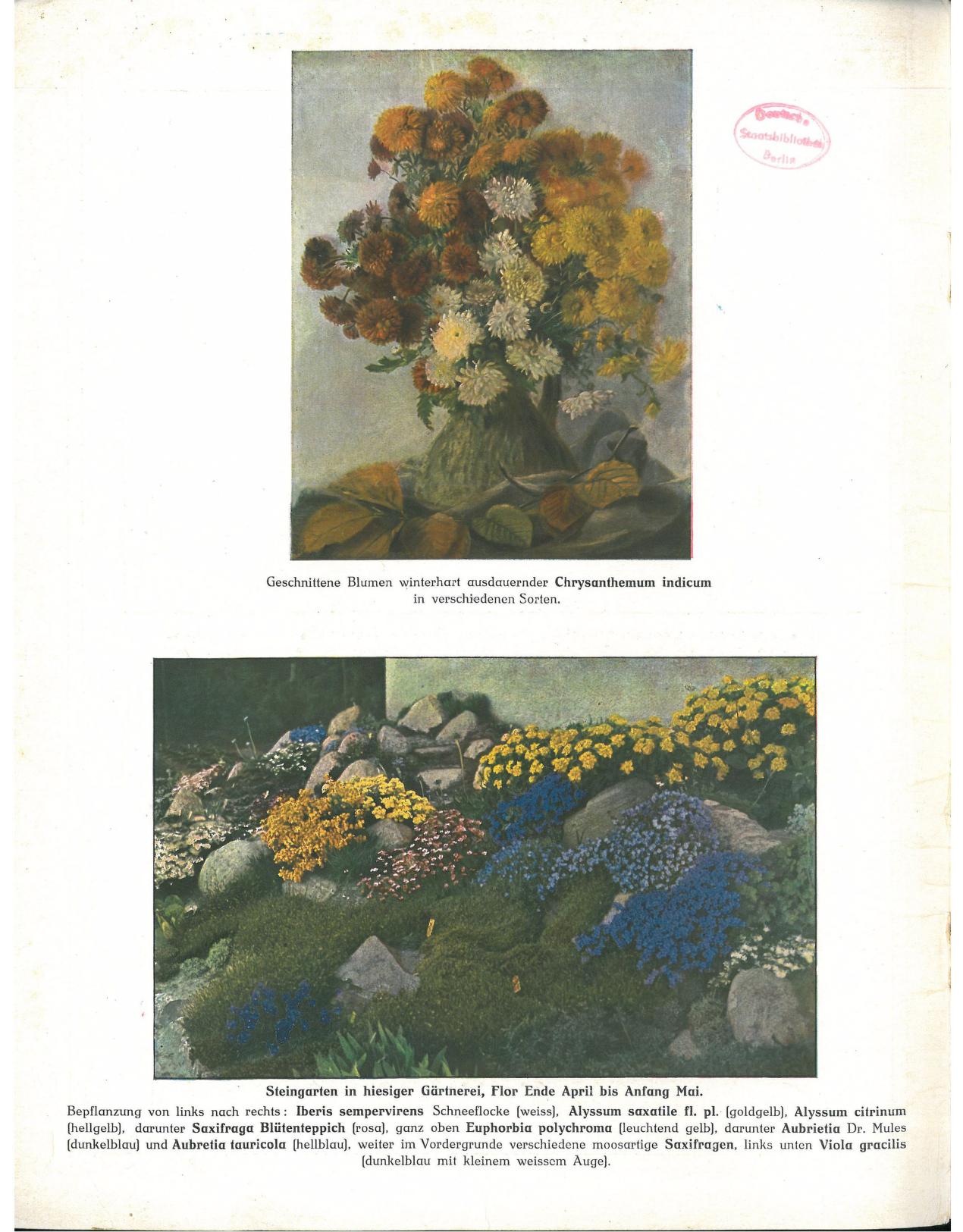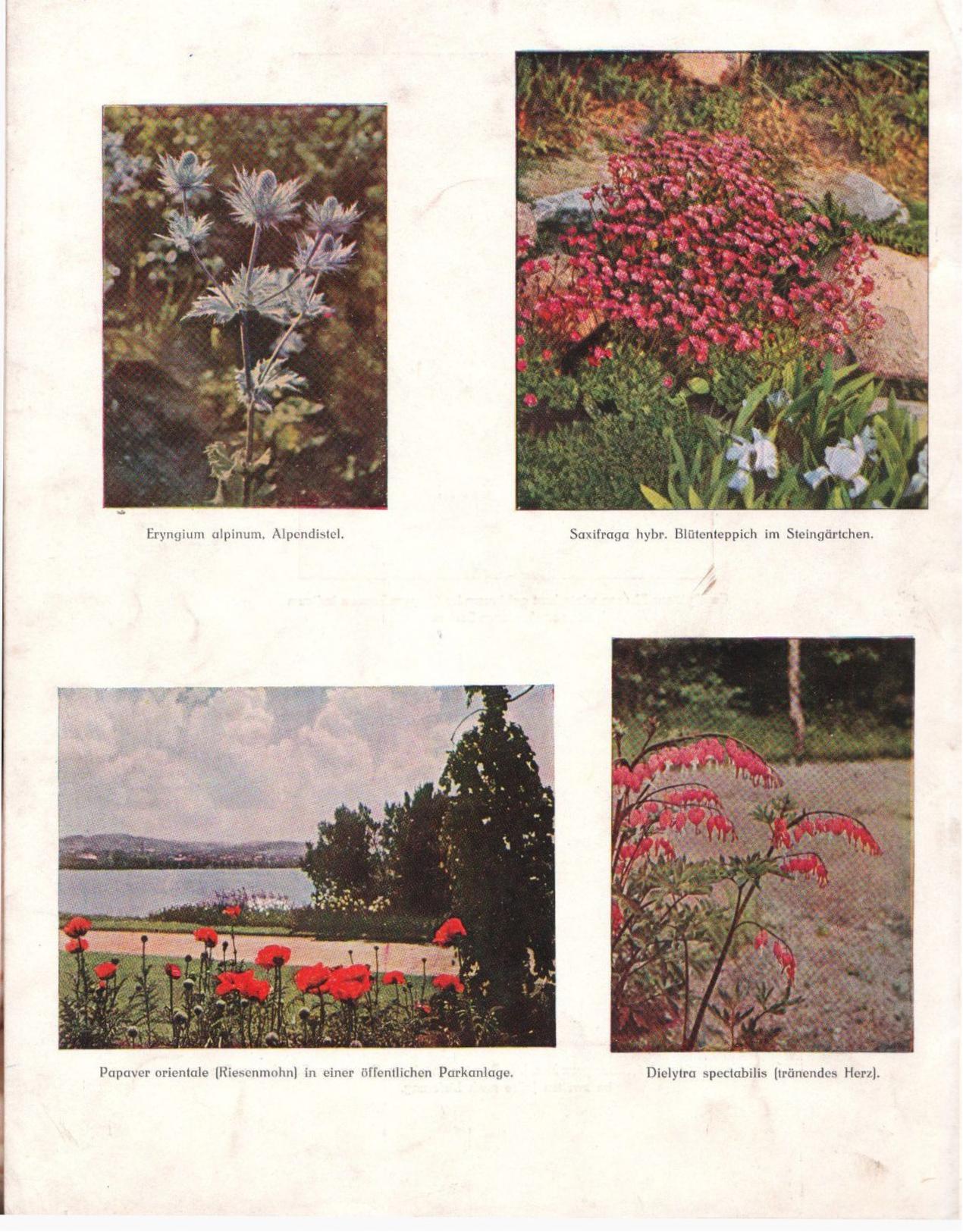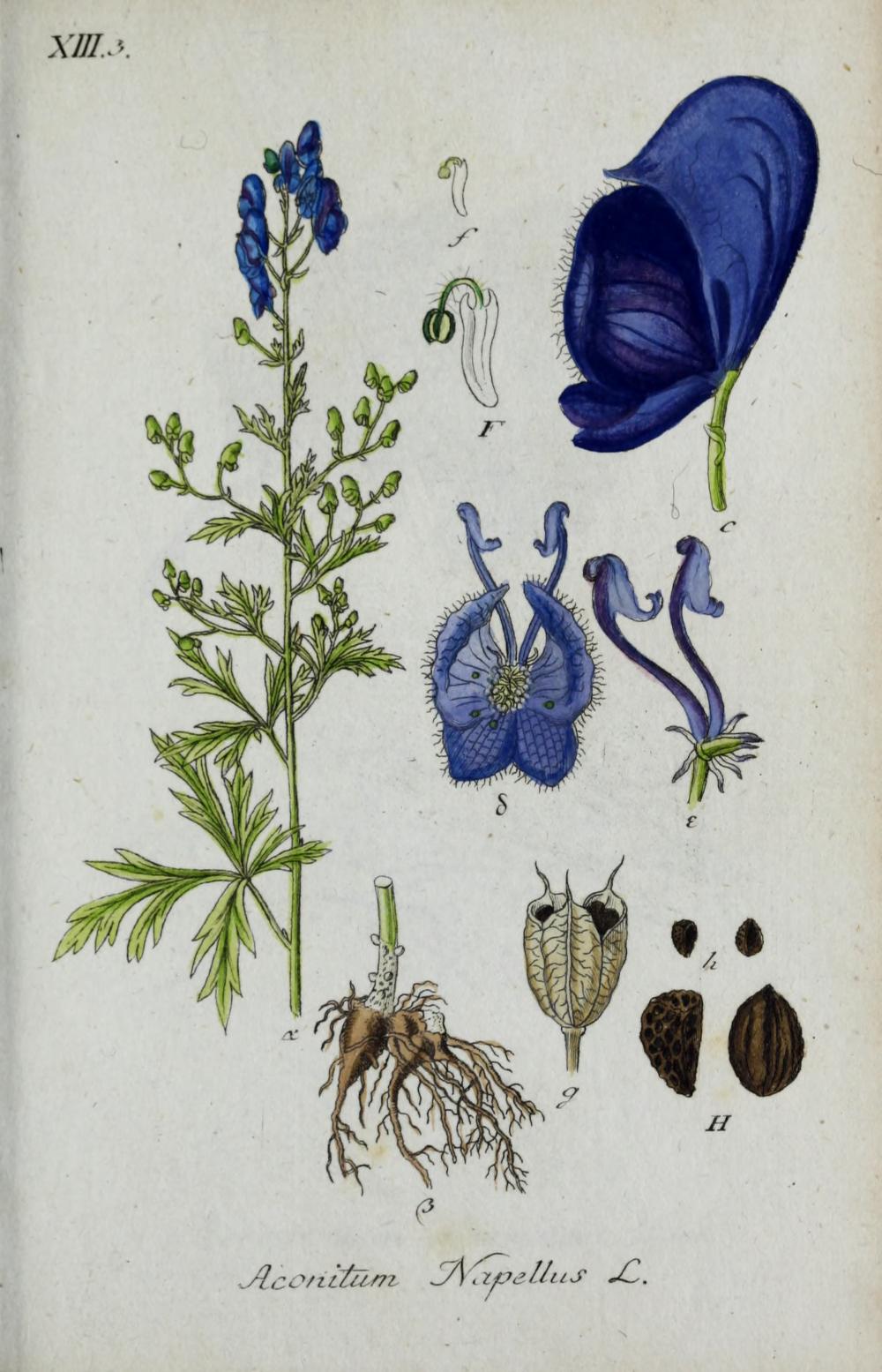There are several series this month:
7 issues of The English Garden magazine from the mid-2010s
2 issues of Your Garden magazine from the 2010s
2 volumes from Asa Gray published in the mid-1800s
2 volumes from Johann Zorn published in the 1790s
2 volumes of camellias from the mid-1800s
2 volumes from H.A. Weddell from the mid-1800s
3 volumes from Augustine Pyramus de Candolle from the early to mid-1800s
The most surprising to me was the Hesperides, sive, De malorvm avreorvm cvltvra et vsv libri quatuor by Giovanni Battista Ferrari published in 1646….about citrus fruits. The wild forms are quite different than the ones we know today in the grocery store!
Recueil de planches de botanique de l'encyclopédie * Lamarck, Jean Baptiste Pierre Antoine de Monet de * sample image * 1823
English Flower Garden:a monthly magazine of hardy and half-hardy plants * Thompson, William * sample image * 1852
The English Garden - October 2015 * Mahon, Stephanie * sample image * 2015
The English Garden - July 2015 * Mahon, Stephanie * sample image * 2015
The English Garden - December 2015 * Mahon, Stephanie * sample image * 2015
The English Garden - January 2016 * Foggett, Clare * sample image * 2016
The English Garden - April 2016 * Foggett, Clare * sample image * 2016
The English Garden - August 2015 UK * Mahon, Stephanie * sample image * 2015
The English Garden - September 2015 UK * Mahon, Stephanie * sample image * 2015
Your Garden - Autumn 2016 * Colls, Stephanie * sample image * 2016
Your Garden - Autumn 2011 * Lee, Mara * sample image * 2011
Genera florae Americae boreali-orientalis illustrata. The genera of the plants of the United States illustrated by figures and analyses from nature V1 * Gray, Asa; Strague, Isaac * sample image * 1848
Genera florae Americae boreali-orientalis illustrata. The genera of the plants of the United States illustrated by figures and analyses from nature V2 * Gray, Asa; Strague, Isaac * sample image * 1848
Auswahl schöner und seltener Gewächse als eine Fortsetzung der Amerikanischen Gewächse. Erstes [-Drittes] Hundert. V1 * Zorn, Johann * sample image * 1795
Auswahl schöner und seltener Gewächse als eine Fortsetzung der Amerikanischen Gewächse. Erstes [-Drittes] Hundert. V2 * Zorn, Johann * sample image * 1796
Iconographie du genre Camellia V1 * Berlese, Lorenzo * sample image * 1841
Iconographie du genre Camellia V2 * Berlese, Lorenzo * sample image * 1843
Iconographie du genre Camellia V3 * Berlese, Lorenzo * sample image * 1843
Chloris andina essai d'une flore de la region alpine des Cordilleres de l'Amerique du Sud 1855 V1 * Weddell, H.A. * sample image * 1855
Chloris andina essai d'une flore de la region alpine des Cordilleres de l'Amerique du Sud 1857 V2 * Weddell, H.A. * sample image * 1857
Hesperides, sive, De malorvm avreorvm cvltvra et vsv libri quatuor * Ferrari, Giovanni Battista * sample image * 1646
Icones pictae plantarum rariorum descriptionibus et observationibus illustratae * Smith, James Edward * sample image * 1790
Icones selectae plantarum quas in systemate universali ex herbariis parisiensibus, praesertim ex Lessertiano V1 * Candolle, Augustin Pyramus de; Turpin, PJF; Delessert, Benjamin * sample image * 1820
Icones selectae plantarum quas in systemate universali ex herbariis parisiensibus, praesertim ex Lessertiano V2 * Candolle, Augustin Pyramus de; Turpin, PJF; Delessert, Benjamin * sample image * 1823
Icones selectae plantarum quas in systemate universali ex herbariis parisiensibus, praesertim ex Lessertiano V3 * Candolle, Augustin Pyramus de; Turpin, PJF; Delessert, Benjamin * sample image * 1838






















